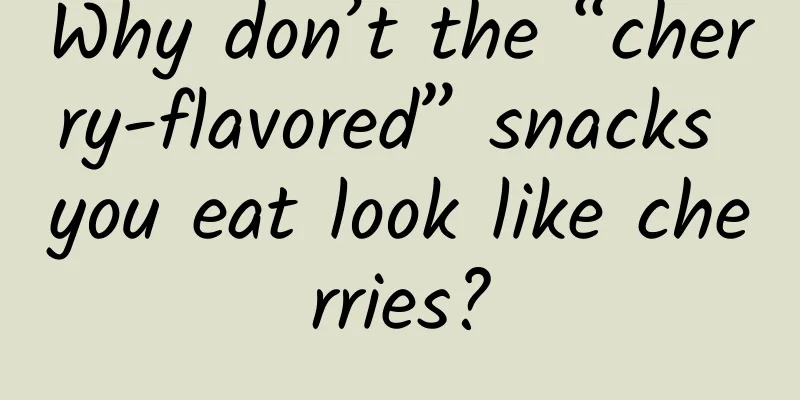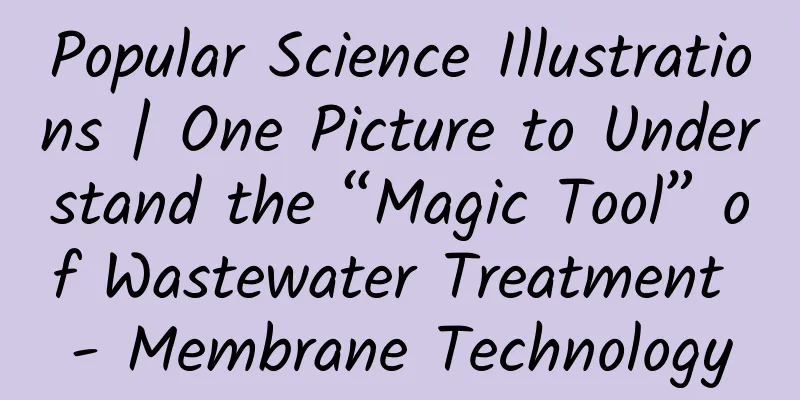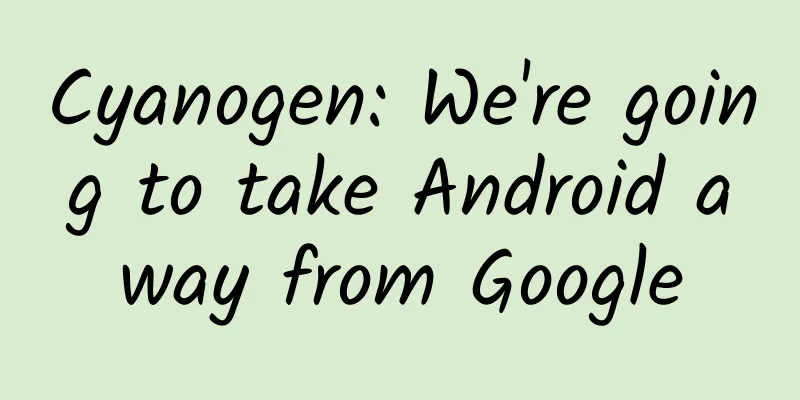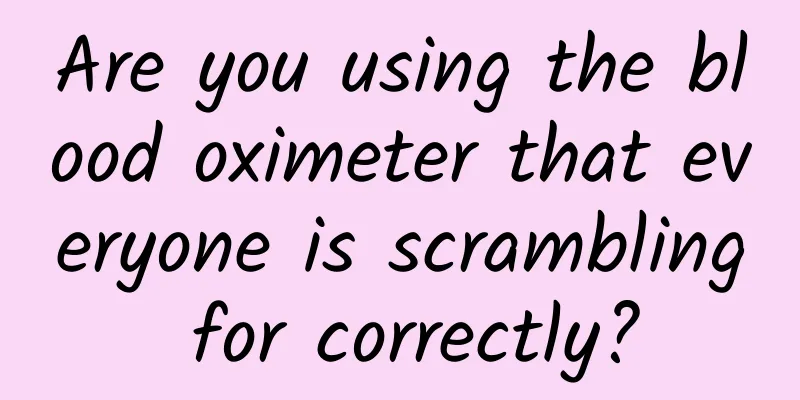Why don’t the “cherry-flavored” snacks you eat look like cherries?

|
In daily life, if we only talk about fruit drinks, we see that most drinks have flavors such as orange, lemon, grapefruit, peach, etc. In addition to these very popular flavors, major beverage companies will also try to develop drinks with other flavors in order to satisfy the curiosity of a small number of people (actually themselves). For example, Coca-Cola once released a cherry-flavored cola. I wonder if any of you have ever tried it. This drink was first launched in the United States. At that time, many people bought a can to try it out. As a result, almost no one wanted to try a second bottle because it didn't taste like cherry at all. What does it taste like? Some people say it tastes like almond milk, some say it tastes like paint, and some say it tastes like burnt plastic... In short, thousands of words can be summed up in one sentence: It's really unpalatable... This has also caused many people to wonder: cherries are so delicious, why do they become so unpalatable when made into drinks? In fact, the problem lies in the artificial flavors added to the drinks. After all, most fruit drinks are not really made from fruit juice, but just imitate the taste of fruit through flavors. But this imitation is obviously not good enough, so much so that many people complained: It doesn’t taste like that at all! The main reason why artificial flavors don’t taste like the real thing is that the ingredients of the flavors are too simple and cannot perfectly restore the complex taste and aroma of the fruit itself. The history of artificial flavors The reason for this can be traced back to the earliest artificial flavors. In the mid-19th century, flavor chemists began to develop artificial flavors, but due to the technical conditions at the time, they could not analyze the aroma components in fruits one by one, after all, chemical analysis of aroma is quite difficult. Therefore, they could only look for molecules similar to the smell of fruits among various known compounds. Along those lines, flavor chemists discovered a compound that says, “Oh, it tastes like cherry”: benzaldehyde. This molecule is indeed a characteristic substance in natural cherries, so benzaldehyde is associated with the taste of cherries and is widely used in various cherry-flavored drinks, candies and cakes. However, although the benzaldehyde molecule does have a certain cherry flavor, it is only superficial because benzaldehyde is only one of the components of cherry flavor and cannot make the human brain recognize it as "cherry". Why do you say that? Let’s take a look at other artificial flavors, such as the “vanilla flavor” that most people can’t resist. 90% of its scent components are vanillin, which has a decisive proportion. Therefore, as soon as people smell vanillin, their brain will tell you: This is vanilla! But for cherries and even most fruits, they are made up of hundreds of different odorous substances, and no one substance dominates. Each substance accounts for a certain proportion, more or less , so artificially synthesized cherry flavor doesn’t have that taste! Now the technology is more advanced, Can't you imitate it a little more realistically? Theoretically, of course there is no problem. After all, the smell of fruits has been basically analyzed clearly. As long as it is made according to the natural proportion of cherries, it is indeed possible to get a scent that is completely consistent with natural cherries... But if we do this, how much will the cost of the drink be? Imagine that in a factory, dozens of workshops are working at the same time, and the result is just to extract dozens of ingredients from a bottle of drink. This picture is too beautiful to watch. And I am afraid that the public can't afford to drink this drink... In addition, the country also has restrictions on food additives. According to China's "Standards for the Use of Food Additives" (GB2760), there are currently 2,314 types of food additives approved for use in my country. Except for special additives such as thickeners, anti-caking agents, preservatives, etc., all others are flavors, of which there are probably more than 1,800 types. Although it seems like there are many types, there are still too few types for the huge family of scents. Therefore, most artificial fragrances cannot imitate the scent perfectly, and can only select a more prominent scent to strengthen or create a "profile" of the scent. It is conceivable that the products made in this way will definitely not have the "real taste". |
>>: The science behind mutual attraction
Recommend
Capital pours into licensees; Internet TV competition enters 3.0 era
May 12th is the listing date for the 287 million ...
China Passenger Car Association: In September 2022, the month-on-month trends of new energy vehicles and traditional fuel vehicles were significantly driven by policies
According to the new energy vehicle retail data o...
Three steps to write an iOS network request library yourself
Code example: https://github.com/johnlui/Swift-On...
"Scientific" Rumor List in February 2025: Can "Spring Fasting" achieve "Quick Weight Loss"?
The list of "scientific" rumors in Febr...
China Automobile Dealers Association: September 2021 New Energy Vehicle Industry Monthly Report
01. Market performance Overall performance of the...
30 unique skills of Guiguzi to quickly improve interpersonal relationships and avoid detours in life
Course Catalog Ooka Interpersonal Relationships 1...
Curiosity, amazement, doubt, how foreign media reported "Double Eleven"
Alibaba's Double 11 promotion transaction vol...
Use these 6 tips to make users want to buy your product
Some time ago, I saw that another restaurant near...
Have you ever seen a pterosaur taller than a giraffe?
In the Mesozoic exhibition hall of the Houston Mu...
Can dieting and losing weight "starve" tumors to death? Some people really do this, and the result is...
"You can 'starve tumors' by dieting&...
How to use Zhihu for marketing promotion? Zhihu marketing promotion methods!
What is it like for a brand to do marketing on Zh...
Wang Hao's new posture correction-posture assessment and rehabilitation
Wang Hao's new body correction - body assessm...
Tiangong celebrates the New Year in space! Questions about space dumplings
Tomorrow is the Chinese New Year, and Chinese ast...
A romantic space trip
The cost of holding a wedding is getting higher a...









